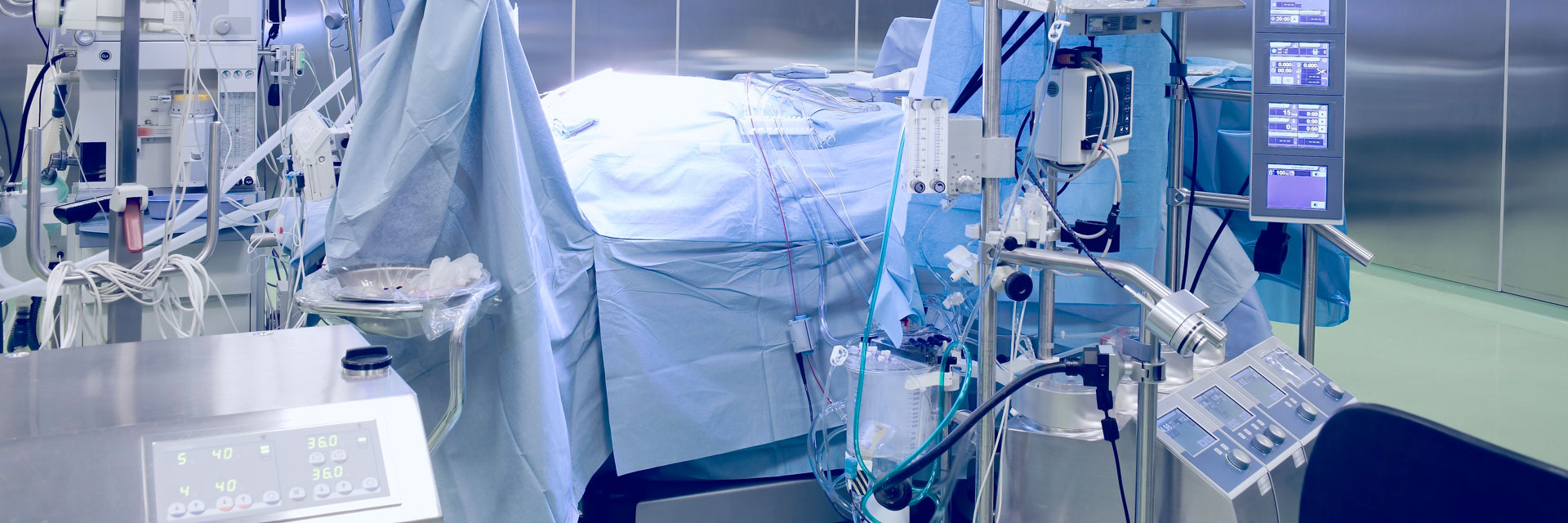

Technically, the photocatalysis process is the activity that occurs when a light source interacts with the surface of semiconductor materials (photocatalysts).
-antibakteriyel-aktivitesi-iso-27447.jpg)
During this process, at least two simultaneous reactions occur: oxidation through photogenerated holes and reduction from photogenerated electrons. Photocatalysis process is used to decompose pollutants in the environment and improve the quality of atmospheric air. For this reason, photocatalysis is generally used in the construction industry to improve indoor air quality.
It has been known since the 1920s that titanium dioxide exhibits photocatalytic properties when darkened by ultraviolet radiation. Both holes and electrons are produced by light stimulation.
With the rapid development of the global industry, the increasing environmental pollution and the depletion of energy skis have increased awareness of the global crisis. Efforts to develop an effective method to overcome these problems have increased in recent years. Among them, semiconductor photocatalysis is one of the most promising technologies. This technology shows a way to harness the energy of natural sunlight or artificial indoor lighting.
Today, titanium dioxide is used as an excellent photocatalyst material for the environment and energy fields, including air and water purification, self-cleaning surfaces, antibacterial and water separation. Various studies are underway to increase the efficiency of the titanium dioxide based photocatalyst used for photocatalytic antibacterial applications, including combining with metal ions, noble metals, additives and other materials with non-metals. The modified titanium dioxide photocatalyst significantly inhibits the growth of bacterial cells in response to visible light illumination.
In the ISO 27447 standard published by the International Standards Organization (ISO), it provides a test method for determining the antibacterial activity of materials containing a photocatalyst or photocatalytic films on the surface by measuring the bacterial count under ultraviolet irradiation. This standard is designed for use with different types of semiconductor photocatalytic materials used in building materials for a variety of applications. It does not contain powder, granule or porous photocatalytic materials.
The test method in question is generally applied to photocatalytic materials produced for antibacterial effect. Performance types of photocatalytic materials, such as antifungal activity, antiviral activity, decomposition of water contaminants, self-cleaning, anti-fogging and air purification are not covered by this test method.
The ISO 27447 standard is the result of continued efforts to provide test methods for photocatalytic materials and has been developed for antibacterial activity. However, this test method is not suitable for the antibacterial activity measurement of test pieces with permeable or rough surfaces. These measurements require other test methods.
Our organization, among numerous testing, measurement, analysis and evaluation studies, with a trained and expert staff and advanced technological equipment, within the framework of national and international standards, in accordance with the ISO 27447 standard, materials containing photocatalytic properties on the surface (uv under the light) provides antibacterial activity testing services.
To get an appointment, to get more detailed information or to request an evaluation, you can ask us to fill in our form and reach you.